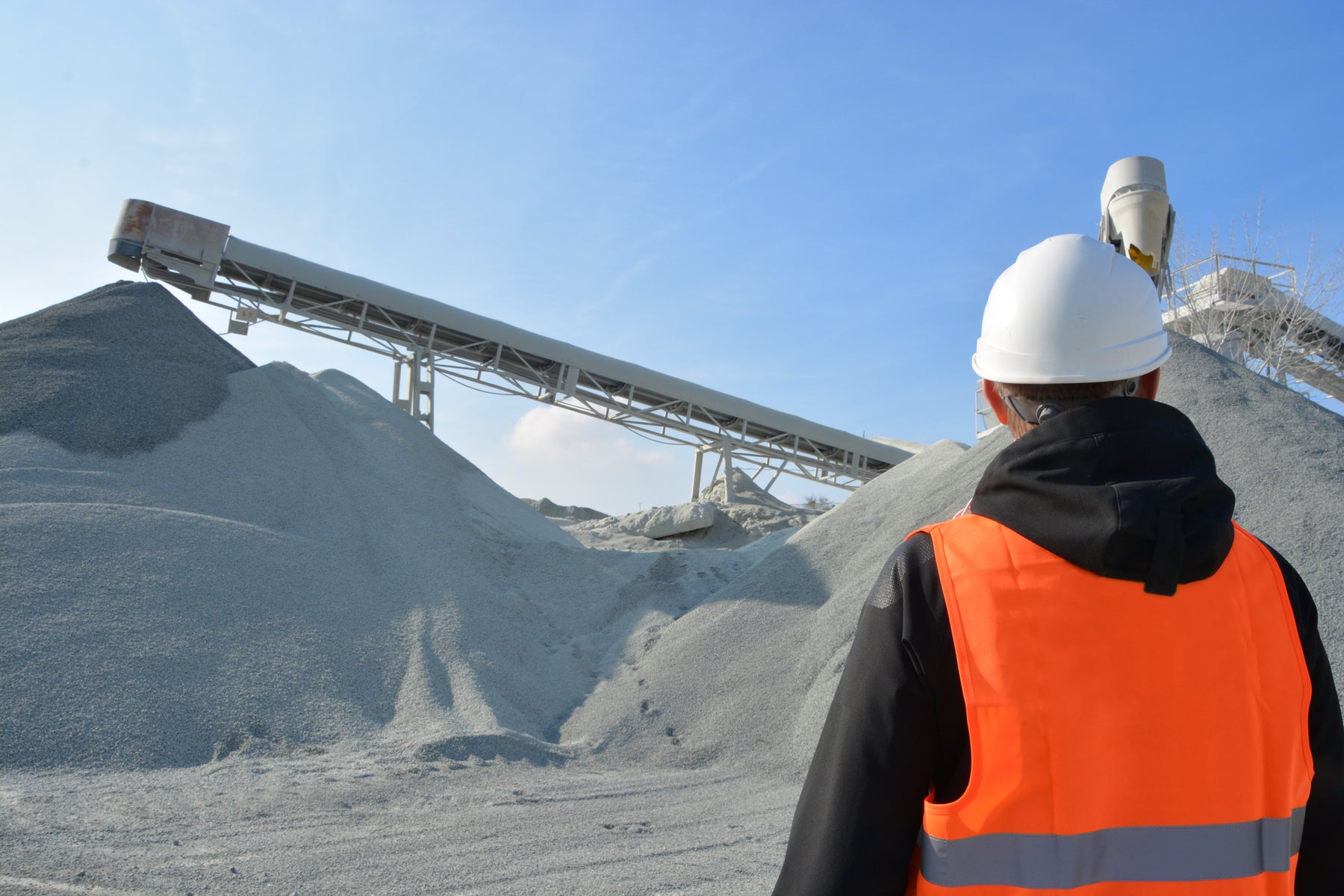
What is the best safety mask to wear?
Disposable respirators are a critical piece of protective equipment for workers or people working in hazardous environments. They protect from inhaling harmful dust particles, smoke, fumes, mists, gases, sprays, vapours, chemicals, aerosols and other airborne contaminants that are a great risk to respiratory health.
Particulate Disposable Respirators
These are the simplest, least protective and least expensive types of respirators used. Particulate respirators protect against airborne particles like dust, mist and fumes but don’t offer any form of protection against airborne contaminants like gases, chemicals and vapours. They do not protect against gases. Commonly known as P1, P2, P3 or N-95 filtering facepiece respirators or dust masks, they are designed for a very close facial fit and are often used widely in healthcare facilities, construction and metal fabrication industries. They work by purifying particles in the air as you breath. The difference in these particulate respirators are as follows:
P2 respirators are appropriate for the majority of airborne precautions encountered in these industries: healthcare facilities, mining industry, chemical industry, steel fabrication / metalworking industry (version with exhalation valve), and intensive woodworking industry.
Class P1 or P2 dust masks are primarily used for particle protection and WILL NOT protect against chemicals or toxic vapours such as: organic vapours from paint fumes, thinners or glue; acid fumes; or gases such as carbon monoxide from petrol engines.
They comply with the Australian NZ standard AS/NZS 1716:2012. They also comply with European testing requirements.
Do I need a Valved P2 Disposable Respirator?
The P2 disposable masks increase inhalation resistance. The longer they are used, the more difficult it is to breathe due to absorbed dusts. Furthermore, their effectiveness is reduced accordingly to the growth of carbon dioxide and water vapour between the half-mask bowl and face (so-called dead zone). The carbon dioxide concentration within the dead zone increases after every exhalation.
Therefore, P2 disposable respirators with non-return exhalation valves, accelerating gas circulations, are recommended in order to improve the comfort of use and improve effectiveness of the mask. The valve allows air to carbon dioxide to escape, which makes the mask safer and more comfortable to wear.
What are Activated Carbon Masks?
P2 rated respirators are available with carbon activated filters for protection against nuisance-level organic vapours. Activated carbon, also called Activated Carbon P2 Masksactivate charcoal, is a form of carbon processed to have small, low-volume pores that increase the surface area available for adsorption or chemical reactions. Activated carbon can be coated to masks in order to improve the effectiveness in reducing the pollutants.
The activated carbon layer in P2 Safety Masks absorbs offensive odours in applications involving thermally generated particles (particularly welding). It controls odours and fumes, but does not protect against gases or chemicals.
Particulate Disposable Respirators
These are the simplest, least protective and least expensive types of respirators used. Particulate respirators protect against airborne particles like dust, mist and fumes but don’t offer any form of protection against airborne contaminants like gases, chemicals and vapours. They do not protect against gases. Commonly known as P1, P2, P3 or N-95 filtering facepiece respirators or dust masks, they are designed for a very close facial fit and are often used widely in healthcare facilities, construction and metal fabrication industries. They work by purifying particles in the air as you breath. The difference in these particulate respirators are as follows:
- Surgical Masks– designed to prevent exposure of patients to the wearer’s saliva sand respiratory secretions. Do not protect against particle or chemical exposure.
- P1 rated respirators– retain about 80% of particles smaller than 2 micrometres. Protects against low levels of dust.
- P2 rated respirators– retain about 94% of particles smaller than 0.5 micrometre. Protect against mechanically generated particles, but also protect against mists, fumes and vapours arising from jobs such as welding, spraying, painting and garden dusting.
- P3 rated respirators– retain about 99.95% of particles smaller than 0.5Protects against dusts containing: beryllium, antimony, arsenic, cadmium, cobalt, nickel, radium, strychnine, radioactive particles.
- N95 rated respirators– This mask is almost identical to the P2 rated masks, however the N95 classification means the mask complies with USA testing requirements
P2 respirators are appropriate for the majority of airborne precautions encountered in these industries: healthcare facilities, mining industry, chemical industry, steel fabrication / metalworking industry (version with exhalation valve), and intensive woodworking industry.
Class P1 or P2 dust masks are primarily used for particle protection and WILL NOT protect against chemicals or toxic vapours such as: organic vapours from paint fumes, thinners or glue; acid fumes; or gases such as carbon monoxide from petrol engines.
They comply with the Australian NZ standard AS/NZS 1716:2012. They also comply with European testing requirements.
Do I need a Valved P2 Disposable Respirator?
The P2 disposable masks increase inhalation resistance. The longer they are used, the more difficult it is to breathe due to absorbed dusts. Furthermore, their effectiveness is reduced accordingly to the growth of carbon dioxide and water vapour between the half-mask bowl and face (so-called dead zone). The carbon dioxide concentration within the dead zone increases after every exhalation.
Therefore, P2 disposable respirators with non-return exhalation valves, accelerating gas circulations, are recommended in order to improve the comfort of use and improve effectiveness of the mask. The valve allows air to carbon dioxide to escape, which makes the mask safer and more comfortable to wear.
What are Activated Carbon Masks?
P2 rated respirators are available with carbon activated filters for protection against nuisance-level organic vapours. Activated carbon, also called Activated Carbon P2 Masksactivate charcoal, is a form of carbon processed to have small, low-volume pores that increase the surface area available for adsorption or chemical reactions. Activated carbon can be coated to masks in order to improve the effectiveness in reducing the pollutants.
The activated carbon layer in P2 Safety Masks absorbs offensive odours in applications involving thermally generated particles (particularly welding). It controls odours and fumes, but does not protect against gases or chemicals.
